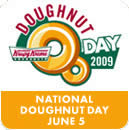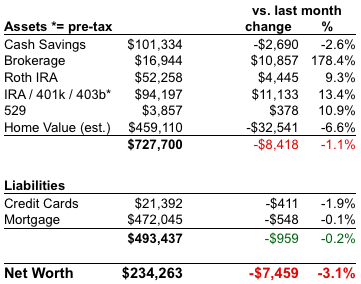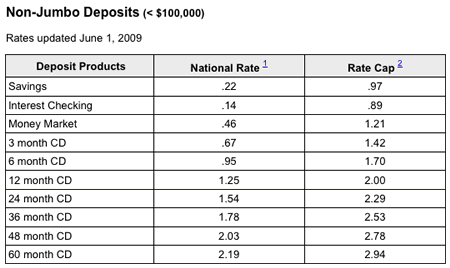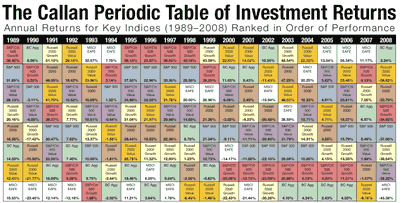The standard maximum insurance limits for both FDIC and NCUA-insured accounts will remain $250,000 for at least until December 31st, 2013. Previously, it was temporarily increased from $100,000 to $250,000 only until December 31st, 2009. The extension was included as part of the Helping Families Save Their Homes Act, which was signed into law on May 20th. I wish it was made permanent, but I suppose this is better than nothing.
Here is the media release from the NCUA. Here is the FDIC fact sheet outlining the new changes. FDIC is for participating banks, and NCUA is for participating credit unions.
You may actually have more than $250,000 of coverage, depending on how you have titled your accounts and where you hold multiple accounts. Here are the official online calculators:
NCUA Electronic Share Insurance Calculator (ESIC)
FDIC Electronic Deposit Insurance Estimator (EDIE)
 Get a free yeasty donut from Krispy Kreme on Friday, June 5th. Apparently it’s National Doughnut Day… who knew? I love how my friends always know where the nearest KK is, even if its an hour or more away.
Get a free yeasty donut from Krispy Kreme on Friday, June 5th. Apparently it’s National Doughnut Day… who knew? I love how my friends always know where the nearest KK is, even if its an hour or more away.


 The Best Credit Card Bonus Offers – May 2024
The Best Credit Card Bonus Offers – May 2024 Big List of Free Stocks from Brokerage Apps
Big List of Free Stocks from Brokerage Apps Best Interest Rates on Cash - May 2024
Best Interest Rates on Cash - May 2024 Free Credit Scores x 3 + Free Credit Monitoring
Free Credit Scores x 3 + Free Credit Monitoring Best No Fee 0% APR Balance Transfer Offers
Best No Fee 0% APR Balance Transfer Offers Little-Known Cellular Data Plans That Can Save Big Money
Little-Known Cellular Data Plans That Can Save Big Money How To Haggle Your Cable or Direct TV Bill
How To Haggle Your Cable or Direct TV Bill Big List of Free Consumer Data Reports (Credit, Rent, Work)
Big List of Free Consumer Data Reports (Credit, Rent, Work)